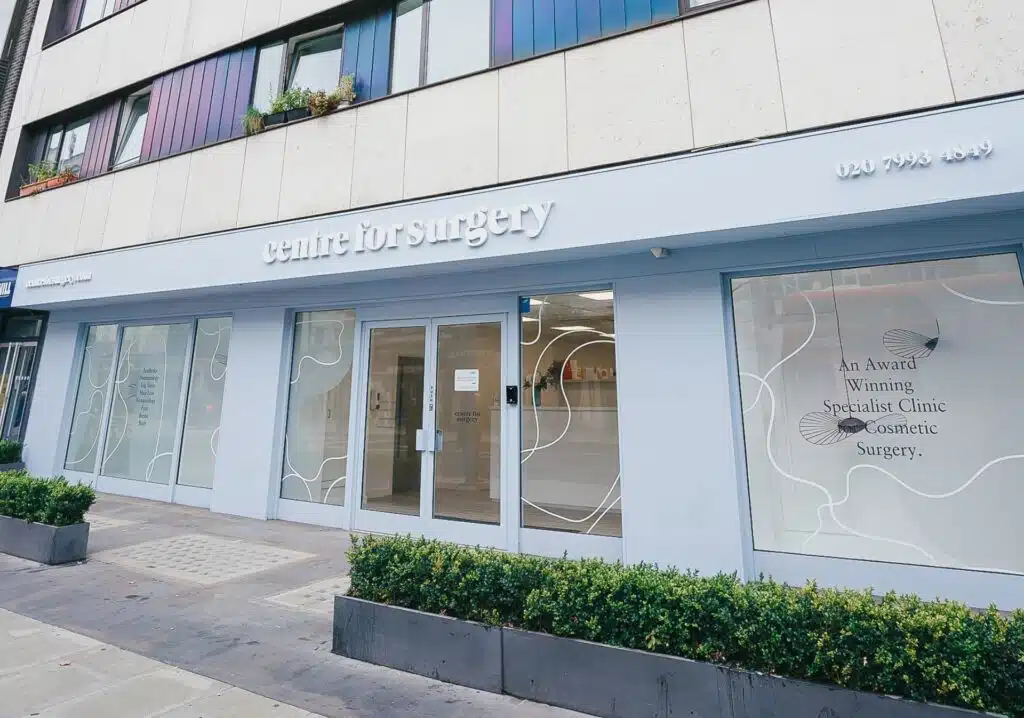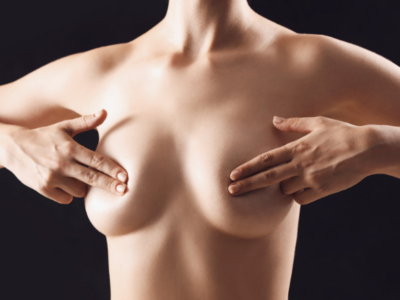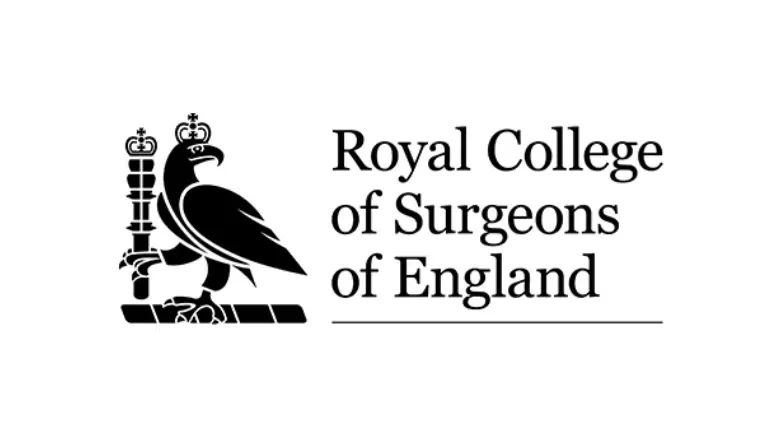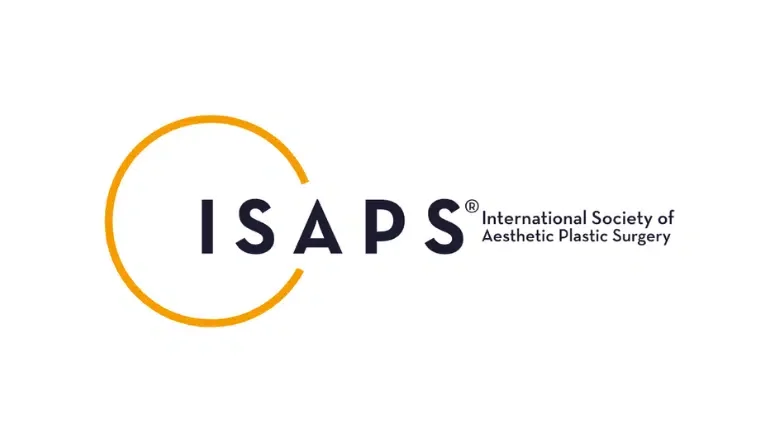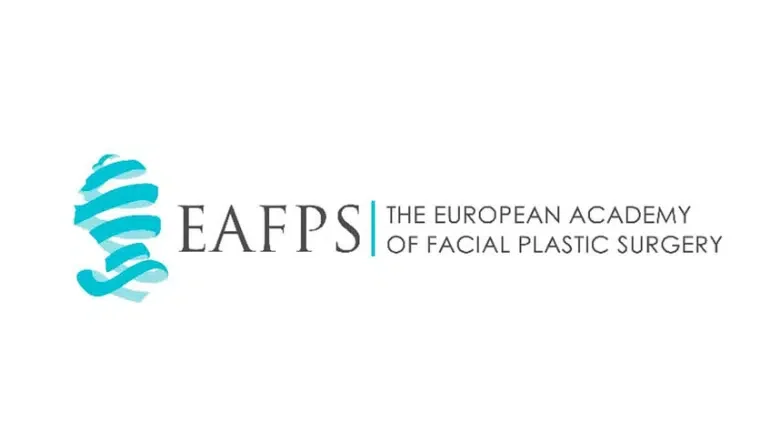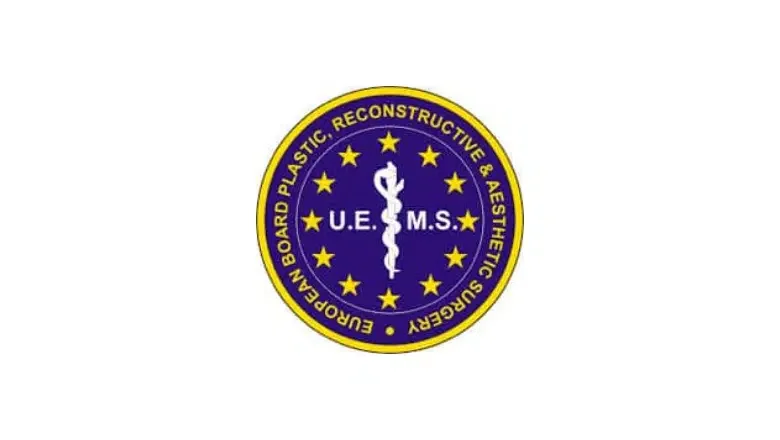Tuberous breasts, also known as tubular breasts, most commonly have a tube-like appearance. Tubular breasts are cone-shaped with a narrow base and have excessively large nipples and areolas. Tuberous breasts can affect both breasts or be confined to one breast. Tubular breasts are a common cause of uneven breasts or breast asymmetry.
Tuberous breast deformity most commonly occurs when the early growth development of the breasts halts prematurely, which gives rise to small, abnormally shaped, droopy breasts which often appear asymmetrical or uneven. Breast hypoplasia is another term used to describe tubular breasts, and the prominence of the areolas is also known as areolar herniation.
How can I tell if I have tubular breasts?
Tubular breasts are surprisingly common among women in the UK. Women with tuberous breasts often describe their breasts as having a shape which resembles a narrow cone and lacks the rounded appearance of a normal-shaped breast. The condition most commonly becomes visible during adolescence and primarily occurs in younger women.
Tubular breasts can cause great anxiety and distress for women who are unhappy with their appearance but are not linked to any serious medical condition. Women seek treatment for tubular breasts to improve the cosmetic appearance of the breasts. Suppose you have become increasingly self-conscious about the appearance of your tubular breasts. In that case, we recommend booking a face-to-face consultation with one of our breast surgery experts at Centre for Surgery to discuss the full range of treatment options, including surgical correction of tubular breasts.
What is the cause of tubular breasts?
Whilst the exact cause is incompletely understood, most medical experts agree that tubular breasts develop because of problems affecting the developing fetus in utero. Most young girls do not notice having tubular breasts until puberty occurs. Tubular breasts result in underdeveloped breasts, with the formation of a constricting ring at the base of the areola, resulting in abnormally prominent areolas and a mishappen breast. The breasts can often appear droopy as a result.
Can my tuberous breasts be fixed?
Surgery is the only effective option for treating tubular or tuberous breasts. At Centre for Surgery, our expert surgeons perform breast augmentation using implants or fat transfer to correct tubular breasts permanently. Breast enlargement is a safe and effective option for women looking to restore their self-confidence and emotional well-being. Large areolas may need to be reduced with an areola reduction.
RELATED: Which nipple or areola correction procedure is right for me?
What is tuberous breast correction?
Breast enlargement, also known as breast augmentation surgery, is designed to correct the shape and size of tuberous breasts with the surgical placement of silicone breast implants and/or fat transfer to the breast.
During your face-to-face consultation at Centre for Surgery, your surgeon will carry out several measurements of your breast dimensions and chest wall anatomy. Any skin laxity will also be considered when planning treatment, and the position of the nipples will be noted to ensure they look as symmetrical as possible after surgery. You can discuss with the surgeon the most appropriate type of breast implant. There is a wide range of different breast implants, including round and shaped implants and with a range of different surface textures. Our surgeons most commonly use microtextured implants as they do not have the risks of older textured implants. The final implant choice will depend on your expectations, and your surgeon can advise you if your expectations are realistic. Some of our surgeons may use three-dimensional imaging to visualise the potential post-operative appearance of tuberous breasts to give you an idea of how you could look after surgery.
RELATED: How much does fat transfer breast augmentation cost?
Fat transfer breast augmentation is an advanced technique for tuberous breast correction, which our surgeons have many years of experience in performing. This type of surgery requires a surgeon experienced in fat transfer surgery. Fat transfer is also known as fat grafting to the breast and involves the injection of fat removed from another part of the body, such as the abdomen, with liposuction. Breast fat transfer can be combined with breast implants, and this procedure is also known as hybrid breast augmentation. Alternatively, each procedure can be carried out on its own.
RELATED: What is the recovery time for fat transfer to breast surgery?
Breast augmentation recovery is a fairly straightforward process with minimal pain and discomfort. Most patients are fit enough to return to work after one week. For patients with more physically demanding occupations, a more extended period off work may be recommended to facilitate the best healing. All patients should wear a specialised post-operative bra for at least six weeks to get the best results. When carried out by an experienced breast surgeon, tuberous breast correction is a highly effective treatment to enhance the shape of women’s breasts. Our surgeons carry out hundreds of breast procedures yearly at our state-of-the-art central London clinic, located on Baker Street.
Tuberous Breast Correction in London – Why Choose Centre for Surgery
Centre for Surgery stands out as a premier destination for tuberous breast correction in London, renowned for our exceptional patient care and outstanding surgical results. Our dedicated team of experts specialises in transforming lives with personalised treatment plans.
Unparalleled Expertise
Our clinic, located in the heart of London, offers a state-of-the-art facility equipped with the latest in surgical technology. Our surgeons are highly trained and experienced in addressing tuberous breast deformities, ensuring that each patient receives the best possible outcome.
Patient Testimonials
- Emily, London: “The team at Centre for Surgery changed my life. Their compassionate approach and skilled hands gave me the confidence I never knew I could have. The results are beyond my expectations!”
- Sarah, Kent: “From consultation to post-surgery care, the level of professionalism and care was top-notch. I felt supported throughout my journey and am thrilled with the results.”
- Hannah, Essex: “Choosing Centre for Surgery for my breast correction was the best decision. The staff were incredibly supportive, and the results have been life-changing.”
Comprehensive Care and Support
We understand that every patient’s journey is unique. That’s why we offer detailed consultations to discuss your goals and expectations. Our dedicated patient coordinators are here to guide you through each step of the process.
Finance Options
We believe in making our services accessible. That’s why we offer various finance options, including 0% APR with Chrysalis Finance, to accommodate different budgets.
Further Information
For more insights into our services and patient experiences, visit our plastic surgery blog. Here, you’ll find valuable information and stories that can help guide your decision.
FAQs
Got questions? Our comprehensive FAQ section provides answers to common queries about tuberous breast correction and other procedures.
Visit Our Clinic
To experience our exceptional care firsthand, visit us at our Baker Street clinic in London. For more details, click here.
Book Your Consultation
Ready to take the next step? Contact us for a personalised consultation:
- Phone: 0207 993 4849
- Email: contact@centreforsurgery.com
- Address: 95-97 Baker Street, London W1U 6RN
For more information about why Centre for Surgery is the right choice for you, visit our About Us page. We look forward to helping you achieve your goals with care, expertise, and support.

